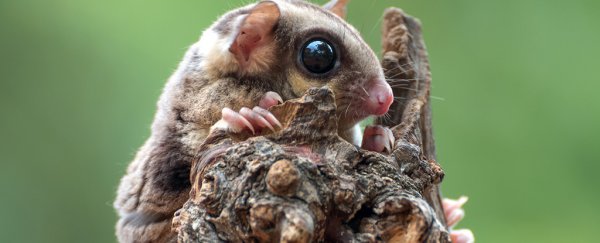Animals, Vol. 14, Pages 1186: Effects of Cattle Breeds and Dietary Energy Density on Intake, Growth, Carcass, and Meat Quality under Thai Feedlot Management System
Animals doi: 10.3390/ani14081186
Authors: Jenwit Nusri-un Jiraporn Kabsuk Bhoowadol Binsulong Kritapon Sommart
This study determines the effects of varying dietary metabolizable energy densities on Holstein Friesian and Charolais crossbred beef cattle in fattening phases. The research focuses on nutrient utilization, ruminal fermentation, growth performance, carcass traits, and meat quality. Thirty-six steers were used in the feeding trial that lasted for six months according to a 2 × 3 factorial arrangement in a randomized complete block design (Factor A, cattle breeds (Holstein Frisian, Charolais crossbred); B, metabolizable energy density (10.5, 11.1 and 11.8 MJ/kg DM)) with six replications. The dietary energy density had no interaction with the cattle breeds (p > 0.05). Despite fewer carcass yields, Holstein Friesian crossbreds indicate superior eating quality to Charolais crossbreds on drip loss, meat iron content, and Warner–Bratzler shear force due to increased intramuscular fat content (p < 0.05) with similar meat color (p > 0.05). Increased dietary energy density positively impacts nutrient and energy intake and rumen fermentation (p < 0.05) but did not affect growth and carcass traits (p > 0.05). This research suggests the potential of Holstein Friesian crossbreds for intensive beef production, providing valuable insights into optimal feeding strategies for achieving quality meat outcomes. On-farm feeding trials are needed to develop a practical and economical Thai beef feedlot management system

 1 month ago
19
1 month ago
19

